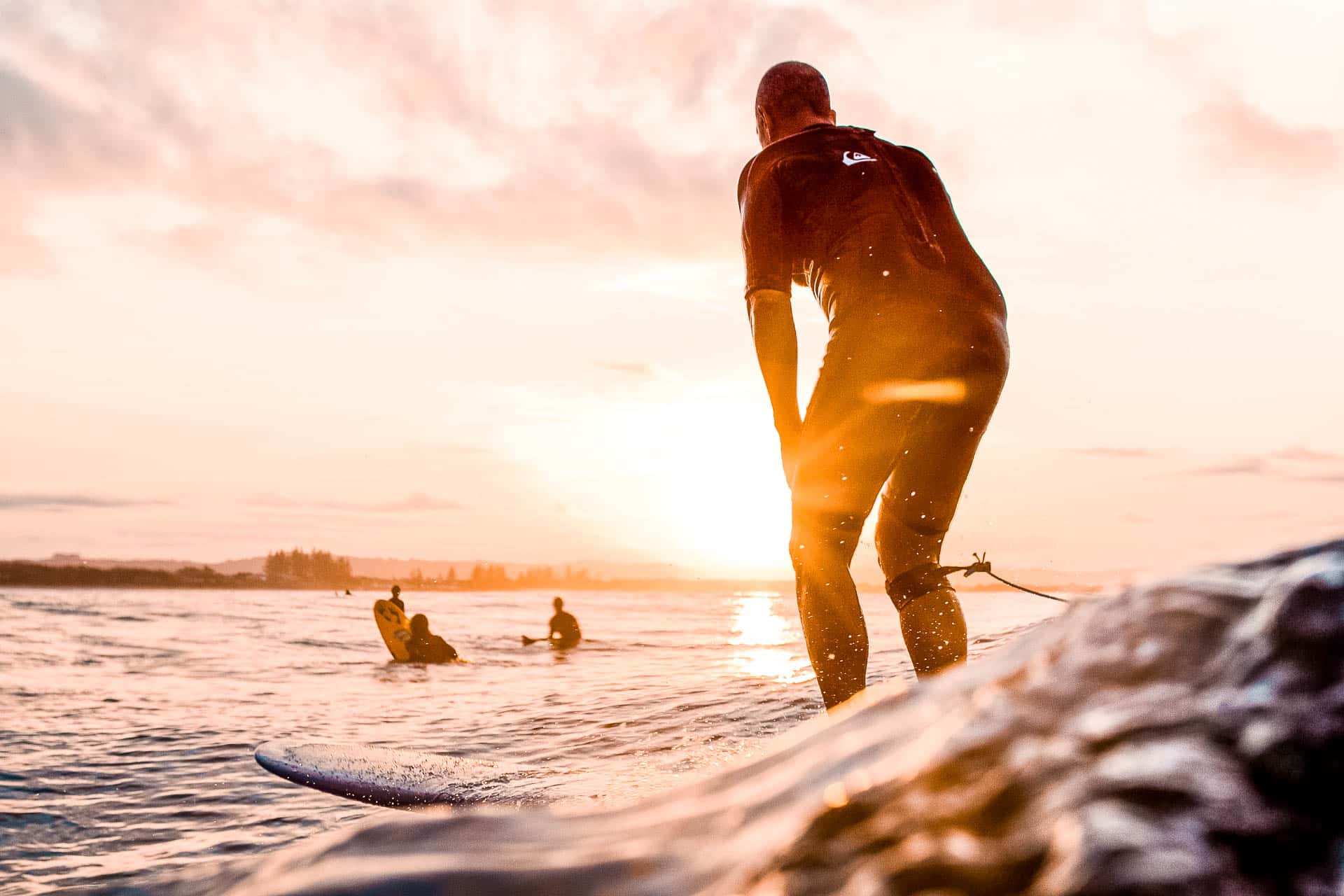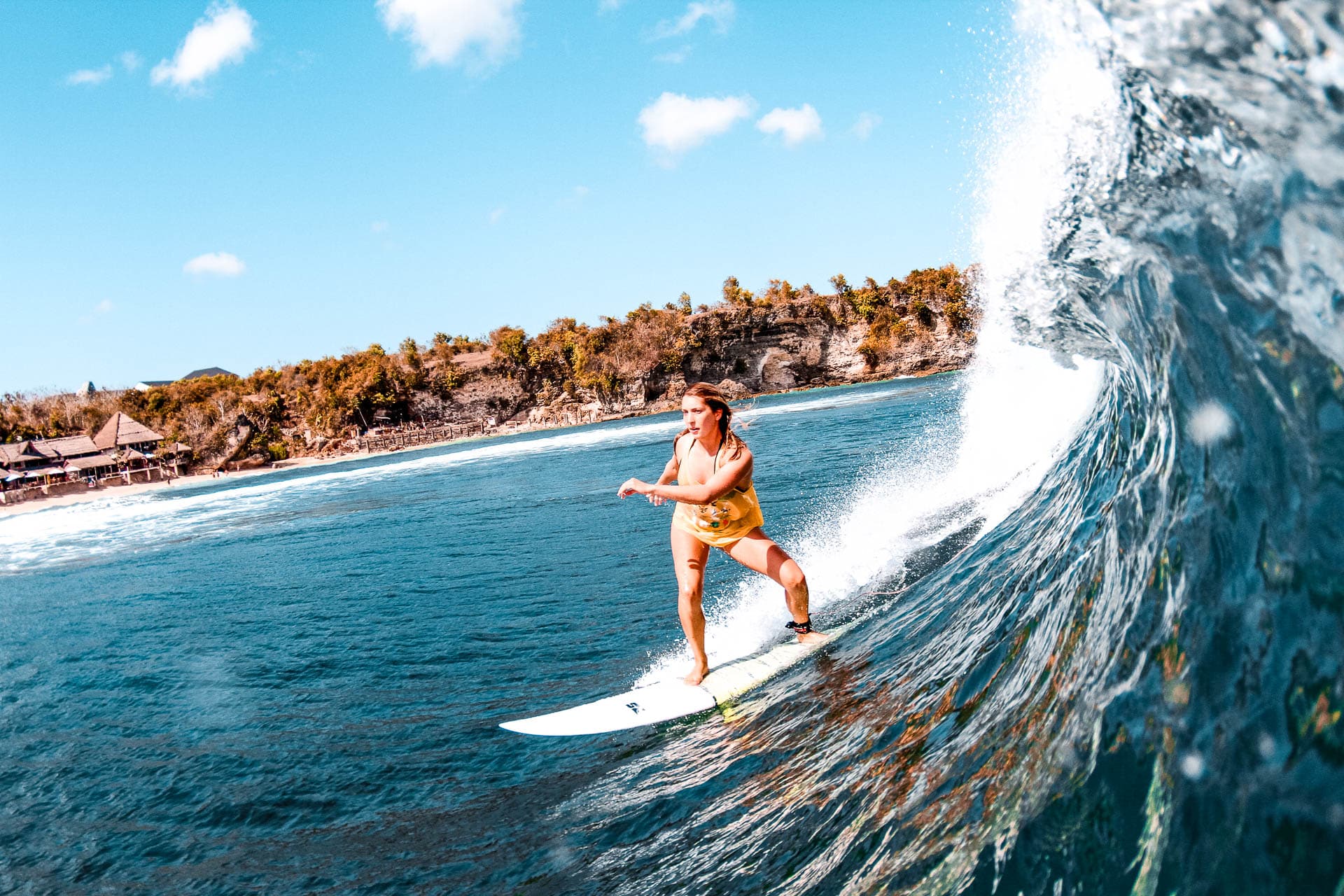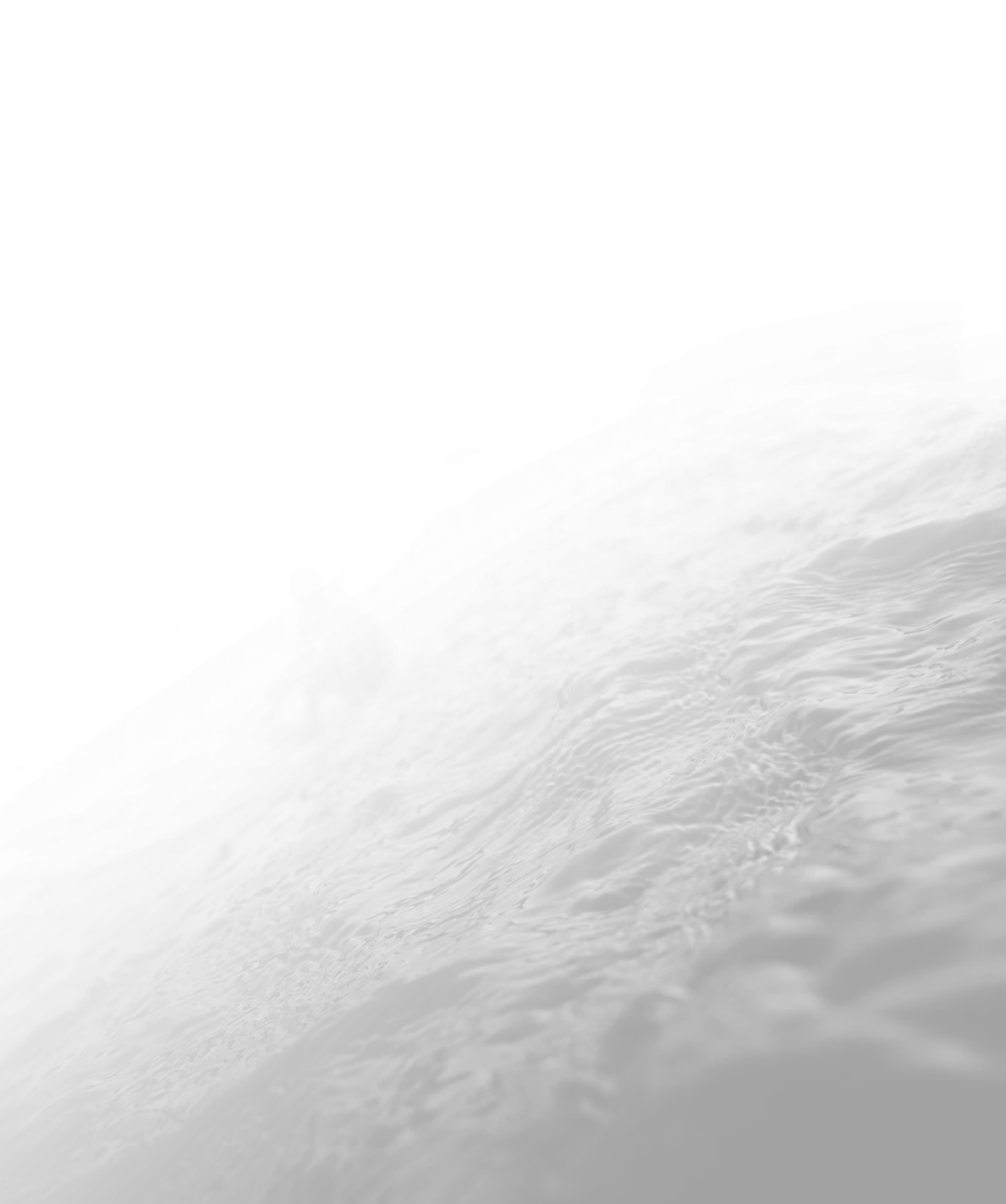Are you planning a surfing trip to Bali during the rainy season? While the waves may be perfect for catching some epic rides, the unpredictable weather can make packing a challenge. Knowing what essentials to bring can make or break your surfing experience in Bali.
Bali is a popular destination for surfers of all levels, with its warm waters and consistent waves. However, the rainy season, which typically runs from November to March, can bring heavy downpours and strong winds that can impact your surfing experience. Packing the right essentials can ensure you stay comfortable and prepared for whatever the weather throws at you.
Whether you’re a seasoned surfer or a beginner looking to catch some waves in Bali during the rainy season, having the right gear and essentials is crucial. From rain gear to extra towels, sunscreen to a sturdy surfboard bag, packing the right items can make your surfing trip a success. Here’s a guide to help you pack your bags for a memorable surfing adventure in Bali’s rainy season.
1. Rain Jacket
A rain jacket is an essential item to have in your adventure backpack when you are visiting Bali in the rainy season. It not only protects you from downpours but also acts as a shield against waterfall spray during other surfing activities like hiking up to the many picturesque waterfalls in Bali.
When venturing into the great outdoors, the weather can be unpredictable. A sudden downpour can dampen your adventure spirit, but with a rain jacket, you can continue your journey without any worries. It provides reliable protection against heavy rain, keeping you dry and comfortable no matter how intense the downpour is. Whether you are hiking, camping, or exploring a new trail, a rain jacket is your reliable companion that ensures you can enjoy your adventure to the fullest.
2. Rashguards
Rash guards have become a popular choice for those participating in water sports and outdoor activities. These lightweight garments are specifically designed to protect the skin from various elements, making them an essential item for anyone hitting the waves.
One of the key benefits of wearing a rash guard is its ability to shield against sunburns. The fabric used is typically made from UPF (Ultraviolet Protection Factor) material, which provides a high level of sun protection. This is especially important when spending long hours under the scorching sun, as it minimizes the risk of harmful UV radiation.
Moreover, rash guards are effective in preventing surf rash, a condition caused by the friction between the skin and surfboard or sand. The tight fit of these garments prevents irritation and chafing, allowing surfers to focus on riding the waves without any discomfort.
3. Travel Documents
When preparing for an upcoming trip to Bali, it is important to make sure you have all the necessary travel documents ready. The key documents you need to have in order are a valid passport, a digital or separate copy of your passport, a vaccination card, a flight ticket, and a travel credit card.
First and foremost, check the validity of your passport. Make sure it will not expire during your trip or within a few months after your return. If it is set to expire, you should renew it as soon as possible to avoid any last-minute issues.
In addition to your physical passport, it is wise to have a digital or separate copy of it. This will come in handy in case the original gets lost or stolen during your travels.
4. Surf Essentials
When embarking on a surf trip, it is crucial to pack the essential gear that will enhance your surfing experience. Here is a comprehensive list of the must-have items for your surf adventure:
Surfboard leash: An absolute necessity for every surfer, a leash keeps your board close by in case you wipeout.
Fins and fin keys: Fins provide stability and control while riding waves. Carry a spare set of fins and a fin key to ensure you won’t be left stranded without proper equipment.
Sunscreen: Protect your skin from harmful UV rays and prevent painful sunburns. Opt for reef-safe sunscreen to protect the fragile ecosystem of remote surf spots.
Ear plugs: Heavy surf can create a lot of pressure on your ears. Ear plugs not only protect your ears from damage but also enhance your balance and comfort.
Leash rope: A backup leash rope is essential in case your primary one breaks. It’s wise to be prepared for such situations, especially in remote locations where gear replacements can be challenging to find.
5. Sun Protection Essentials
The importance of sun protection cannot be overstated. The damaging effects of sun exposure can cause premature aging, sunburns, and even skin cancer. Therefore, it is crucial to have sun protection essentials on hand, especially during outdoor activities or when traveling to sunny destinations.
One of the most important items for sun protection is sunscreen lotion. It provides a crucial barrier against harmful UV rays, helping to prevent sunburns and long-term damage. When choosing a sunscreen lotion, it is essential to consider the SPF (Sun Protection Factor) rating, which indicates the level of protection against UVB rays. It is recommended to use a broad-spectrum sunscreen with an SPF of 30 or higher.
Another essential item is a first aid kit specifically designed for sun-related injuries. This kit should include items such as aloe vera gel for soothing sunburns, pain relievers for discomfort, and bandages for any minor cuts or scrapes that may occur during outdoor activities.
Rainy Season Consideration
When traveling during the rainy season in Indonesia, there are several important considerations and preparations to keep in mind.
Firstly, it is crucial to be aware of the typical duration and timing of rain showers in the region you plan to visit. In Indonesia, the rainy season generally lasts from October to April, with the peak rainfall occurring between December and February. Rain showers during this period can be frequent, heavy, and prolonged.
The rainy season can have a significant impact on travel and tourist activities. Many outdoor attractions and activities may be affected or even closed due to the heavy rainfall. It is advisable to check the weather forecasts and local recommendations before planning any outdoor excursions or trips. Traveling during this season also means dealing with higher humidity levels, which can make it uncomfortable for some individuals.
When it comes to clothing and gear, it is essential to pack and wear appropriate attire for the rainy season. Lightweight, quick-drying clothing made from materials such as nylon or polyester is recommended. Don’t forget to bring a waterproof jacket or poncho, as well as waterproof sandals or shoes to keep your feet dry. It is also advisable to pack waterproof bags or covers for your belongings and electronic devices.
Ready to catch the waves in Bali? Experience the ultimate surf adventure with Rapture Surfcamps! Our expertly curated surf camps provide everything you need for an unforgettable experience, from world-class instructors to comfortable accommodations. Don’t miss out on the opportunity of a lifetime. Book your surf getaway with Rapture Surfcamps today and get ready to ride the waves in Bali like never before!
FAQ
Essential items to pack for a surfing trip to Bali include a surfboard (or plan to rent/buy one locally), surf wax, leash, reef booties (if necessary), sunscreen, rash guard or wetsuit, board shorts or swimsuits, towel, flip flops/sandals, and a reusable water bottle.
While it’s possible to bring your own surfboard, many travellers opt to rent one in Bali due to the convenience and cost-effectiveness. There are numerous surf shops and rental outlets throughout the island offering a variety of boards suitable for different skill levels and wave conditions.
Opt for a high SPF (30 or higher) waterproof sunscreen to protect your skin during long hours in the water. Look for reef-safe sunscreens that are free from harmful chemicals such as oxybenzone and octinoxate to minimize environmental impact on Bali’s delicate marine ecosystems.
The need for a wetsuit in Bali depends on personal preference and the time of year. During the dry season (April to October), water temperatures are warmer, and many surfers opt for board shorts or a rash guard. However, if you’re sensitive to cooler water temperatures or planning to surf early in the morning or late in the day, a lightweight wetsuit might be beneficial.
Reef booties are recommended for surfers planning to tackle reef breaks or if you’re concerned about stepping on sharp rocks or coral. Otherwise, flip flops or sandals are suitable for walking to and from the beach and navigating Bali’s sandy terrain.
In addition to sunscreen and reef-safe products, consider packing a small first aid kit with essentials such as adhesive bandages, antiseptic wipes, and any personal medications. It’s also wise to carry a basic repair kit for your surfboard in case of minor dings or damage.
Yes, it’s advisable to bring a reusable water bottle to stay hydrated while surfing in Bali. Bali’s hot and humid climate means you’ll need to drink plenty of water to stay energized and prevent dehydration. Look for accommodation with refill stations or carry a portable water purification system for on-the-go hydration.


